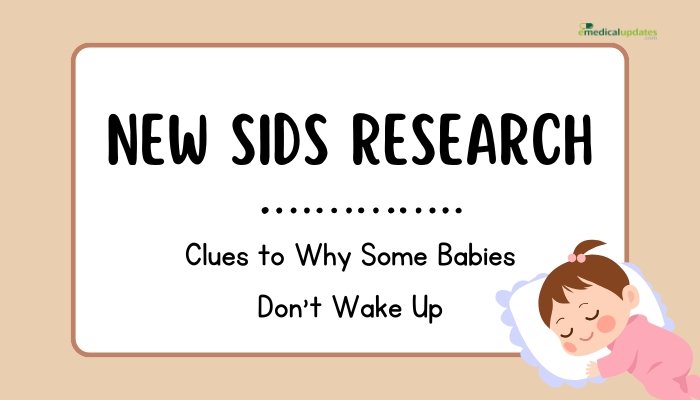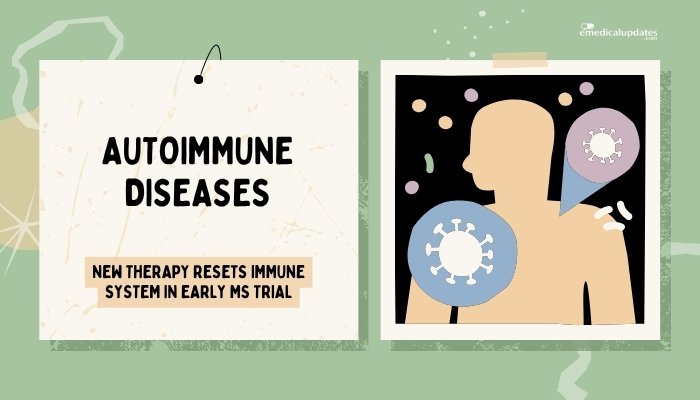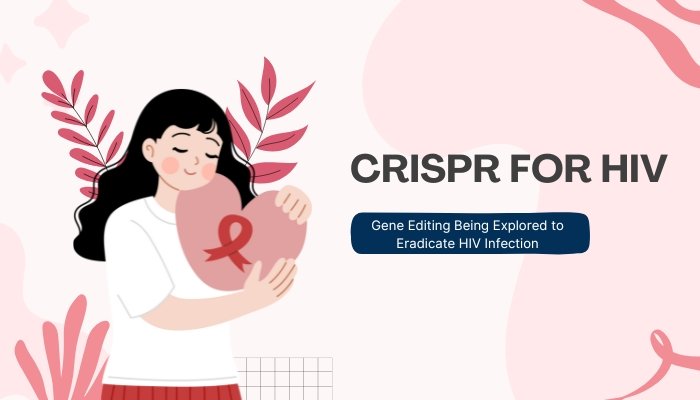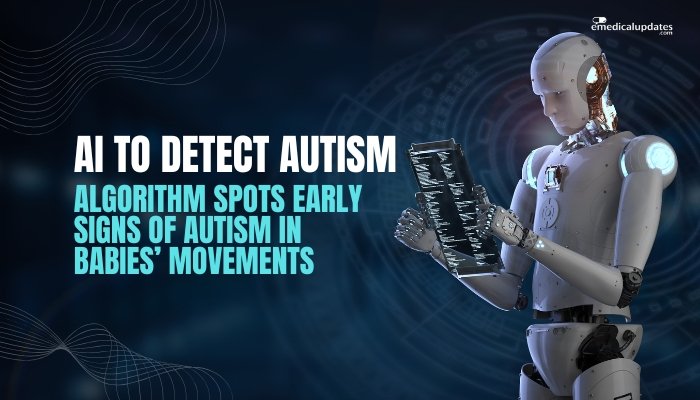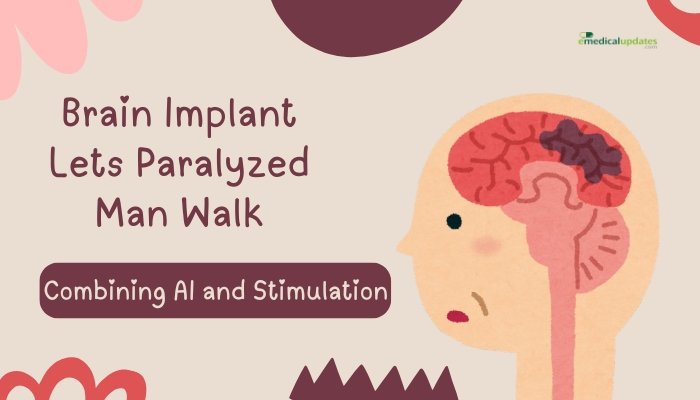Introduction
Sudden Infant Death Syndrome (SIDS) remains a devastating and poorly understood event in which seemingly healthy infants pass away during sleep without a clear cause. For decades, researchers have probed genetic, environmental, and physiological factors that might underlie SIDS, yet no single explanation fully accounts for its occurrence.
Recent studies, however, offer fresh insights—suggesting that some babies may have unique biological markers or brain responses that leave them vulnerable to SIDS. Below, we delve into these new clues, what they may mean for prevention, and the ongoing challenges of tackling this tragic condition.
The Ongoing Mystery of SIDS
Defining SIDS
- Sudden Unexplained Death: SIDS is typically diagnosed when an infant under one year old dies without an identifiable cause after thorough investigation (including autopsy).
- Peak Risk Age: Most cases occur between two and four months of age, often during nighttime or naptime.
- Risk Factors: Known factors that raise risk include sleeping face-down, overheated sleeping environments, and prenatal exposures (e.g., maternal smoking). Still, many SIDS cases occur without any of these known triggers.
The “Triple-Risk Model”
Some hypothesize that SIDS may occur when:
- Critical Developmental Period: The infant is in a vulnerable stage of cardiorespiratory control.
- Underlying Biological Susceptibility: Perhaps a genetic or neurological predisposition.
- Stressful External Conditions: For example, prone sleeping or overheated bedding.
New Biological Clues: Wake-Up Mechanisms
Arousal Pathway Deficiencies
Recent findings focus on an infant’s ability to wake up in response to drops in oxygen or building carbon dioxide. The speculation is that certain babies lack robust “arousal” signals in the brainstem. When breathing becomes compromised—like if the baby’s face is pressed against bedding—they might fail to rouse, leading to fatal hypoxia.
Enzymatic or Neurotransmitter Anomalies
Some studies propose that chemical messengers or enzymes related to the cholinergic system (involved in wakeful responses) might be lower in SIDS infants:
- Butyrylcholinesterase (BChE) Levels: Preliminary research suggests lower BChE in certain SIDS infants, possibly affecting arousal from sleep.
- Serotonin Pathways: Earlier work indicated serotonin imbalances in the brainstem might reduce the infant’s protective reflexes for breathing.
Research Highlights and Implications
Biomarker Identification
If patterns emerge—like consistent deficiencies in BChE or other markers—screening newborns might become possible. With a simple blood test, at-risk infants could be identified early, prompting extra safety measures or medical follow-up.
Potential Interventions
Though any direct “cure” remains speculative, these discoveries might encourage:
- Pharmacological Support: Agents that enhance certain neurotransmitter activities.
- Advanced Monitors: More sensitive wearables or crib devices that detect subtle breathing/oxygen changes, especially for at-risk infants.
- Refined Safe Sleep Guidelines: Coupling standard safe-sleep advice (back-sleeping, firm surfaces, no loose bedding) with personalized risk data.
Limitations and Next Steps
Early-Stage Findings
Many of these studies are small or retrospective, needing larger, prospective research to confirm associations and rule out confounding variables.
No Single Cause
Even if a biomarker deficiency is validated, SIDS might still be a multifactorial condition. Further synergy—genetic predispositions, sleep environment, infant health—likely dictates ultimate outcomes.
Ethics and Implementation
Screening for a “SIDS gene” or enzyme is sensitive. Healthcare systems would need robust protocols for counseling parents, ensuring no undue panic or stigma arises from test results that remain predictive rather than definitive.
Frequently Asked Questions
- Does new research guarantee a way to prevent SIDS soon?
- Not yet. While promising, findings must be replicated in larger cohorts. Potential interventions are still theoretical.
- Should parents get their infants tested for these biomarkers?
- Currently, no standard test or official recommendation exists. Most research is still in clinical or experimental phases.
- What’s the best way to reduce SIDS risk right now?
- Follow safe sleep guidelines: place infants on their back, use a firm mattress, keep loose blankets or toys out of the crib, and avoid exposure to smoke.
- Are these biological discoveries widely accepted yet?
- While well-received, scientists remain cautious. More peer-reviewed studies must confirm each biomarker or brain mechanism’s role.
- Could future medication help correct these deficits?
- In theory, if certain biochemical pathways are implicated, targeted drugs might strengthen baby’s arousal or breathing control. This is speculative at present.
Conclusion
New research into the root causes of Sudden Infant Death Syndrome points to potential biological or enzymatic underpinnings that hamper an infant’s ability to awaken from compromised breathing situations. Though we’re at early stages, these findings inspire hope of eventually identifying and protecting high-risk infants—perhaps through targeted monitoring, environment adjustments, or even drug therapies in the future. Until then, families and healthcare providers rely on established safe-sleep practices and vigilant infant care. As science steadily unravels the puzzle of SIDS, the possibility of preventing these tragic, unexplained losses becomes more tangible with each discovery.
References
-
Kinney HC, et al. (2021). “New insights into brainstem arousal deficits in SIDS.” Pediatr Res.
-
Harrington C, et al. (2022). “Biomarkers of arousal in sudden infant death.” JAMA Netw Open.
-
AAP (2023). “Safe Sleep Recommendations.”
-
Bajanowski T, et al. (2018). “Comprehensive review of SIDS research developments.” Forensic Sci Int.

